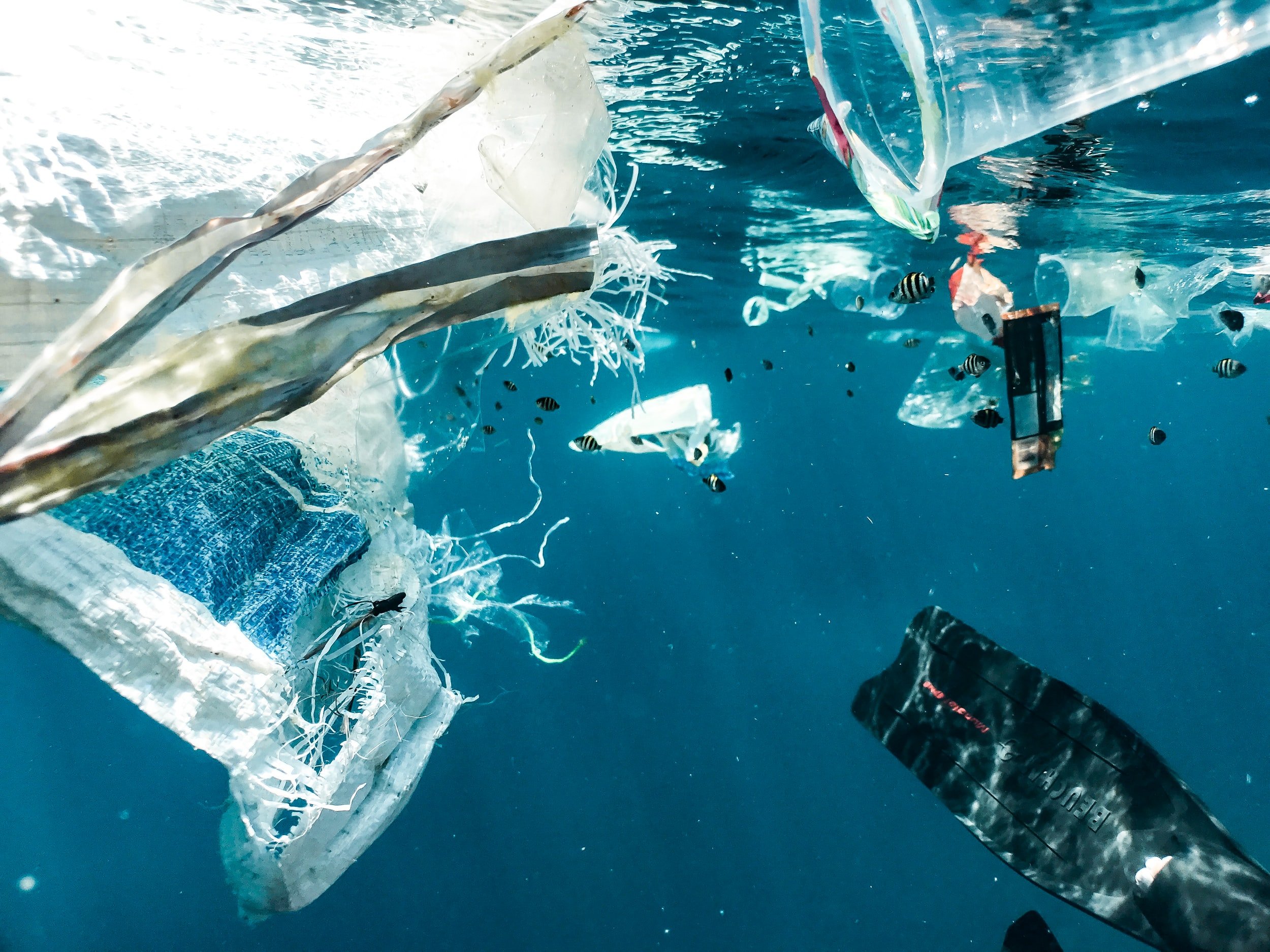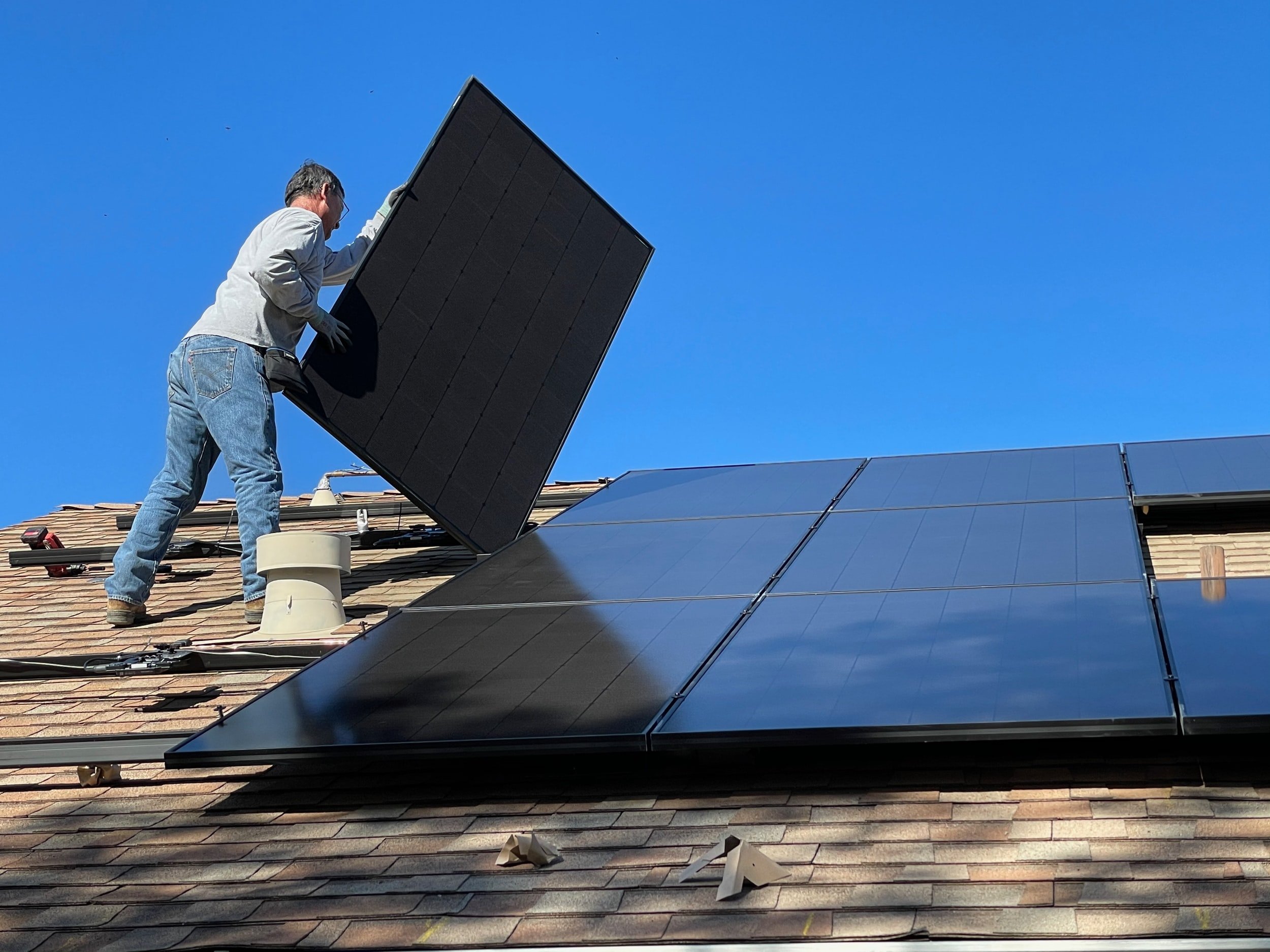Three examples of sustainable engineering
/As the impacts of global warming continue to be felt across the world, it’s becoming increasingly important to find and implement sustainable solutions to environmental issues. In this way, sustainable engineering could have a key part to play in protecting the planet now, and for many years to come. This is exactly why more and more prospective students are opting to pursue an on-campus or online degree in sustainability.
Sustainable engineering is an important field that is concerned with finding ways to reduce the negative impact of human activity on the environment. In other words, sustainable engineers work to design systems and products that minimise pollution and conserve resources. This can involve anything from finding new ways to generate energy to developing more efficient methods of manufacturing. Sustainable engineering also involves redesigning and retrofitting existing systems to perform more efficiently and with less use of polluting energy sources after an analysis of system operations, production quality, and deficiencies in function.
A growing industry in the US and around the world that is increasingly accessible to students through graduate programs in colleges and universities, sustainable engineering is important not only for the health of the planet, but also for the wellbeing of future generations. By finding ways to reduce our impact on the environment, we can ensure that there will be a healthier planet for our children and grandchildren to enjoy.
Here, we highlight three examples of sustainable engineering that are already having a positive impact on the environment.
Permeable paving
Permeable paving offers a viable alternative to traditional concrete paving, which raises several environmental issues. For example, traditional concrete paving is impermeable, which means in cases of rainfall, stormwater runoff is increased and can cause severe flooding, overflowing of sewage systems, erosion damage to stream channels, diminished recharge of groundwater, and a degradation of habitats for fisheries. At the same time, impermeable concrete paving acts as a conduit for environmental pollutants, especially in urban environments, depositing these harmful substances into local bodies of water.
For these reasons and more, permeable paving is sometimes required by municipalities, which are starting to increase the regulations for using impermeable vs. permeable surfaces in new construction and renovation projects.
With proper planning and maintenance, permeable paving can be an effective method for managing stormwater and improving the environment in different ways. There are a variety of materials that can be used for permeable paving, including asphalt, gravel, and open pore pavers.
Firstly, water and precipitation are able to seep through the surface, which reduces the risk of flooding. The captured liquid can be stored in a reservoir underneath the paving and used later or slowly allowed to seep into the ground. With urbanisation occurring more rapidly around the world, this technology could be pivotal in helping to keep the people living in cities and towns safe from floods. What’s more, the paving can often be made up using recycled materials, which reduces the amount of waste in landfills, and eases the strain on the planet’s natural resources.
Seabins
In recent times, scientific research has been able to shed a light on the role our oceans have to play in protecting the wider environment. For instance, our oceans absorb around 25% of the CO2 emissions that are created by burning fossil fuels. But with pollution and mismanagement threatening the future of this precious resource, innovators are coming up with ways to help clean up our oceans and ensure it can continue to help protect the planet.
Seabins are one innovative solution to the problem of marine pollution. These devices are installed in harbour areas, and they work by collecting trash and debris from the water. Seawater is sucked into the contraption, where debris is trapped and stored, before the clean water is sent back into the ocean.
To date, the Seabin Project has been responsible for the installation of 860 Seabins all around the world that have collected almost 3 million kilograms (roughly 6.6 million pounds) of rubbish. One downside of Seabins is that they have been unable to capture microplastics that are smaller than 2mm in size. Despite this limitation, these 500mmx500mmx1800mm (roughly 20”x20”x71”) containers can hold up to 20kg (44 lbs) of refuse and have reusable catch bags that can be switched out several times per day. With the help of Seabins, we can make a real difference in the fight against marine pollution.
Green buildings
Green buildings are structures that are designed and built with the environment in mind and are intended to be more energy efficient and sustainable than traditional buildings. Green buildings can be found all over the world, and they come in all shapes and sizes. Any building can be a green building: from office towers to schools to single-family homes, there is a growing global trend toward building green.
But what are the typical features of these sustainable buildings? One of the key areas of concern is more efficient use of water and energy throughout the buildings, with greater emphasis on water conservation, renewable energy, waste reduction, and good indoor air quality. There is also more significance given to sustainability measures during the construction process of green buildings. Companies that engage in green building projects will look to use ethically-sourced, non-toxic materials; consider – in its design, construction and operation – the building’s impact on the quality of life of its occupants; and account for and mitigate the environmental impacts the building project may have, both locally and further afield.
One of the benefits of green buildings is that they can help to reduce our carbon footprint. By using less energy and resources, green buildings have a positive impact on the environment. In addition, green buildings often use recycled materials, which helps to further reduce their environmental impact. What makes green buildings a viable solution is they are an option for all different types of people, from business owners looking to design green office spaces, to people looking to build their own homes.
About the Author:
James Ritter is a digital consultant with a particular interest in sustainability. He has advocated for content focussing on both local and global environmental issues. He majored in creative writing at university, and is always eager to expand his knowledge around different subjects.
Like this? Please pin!









































